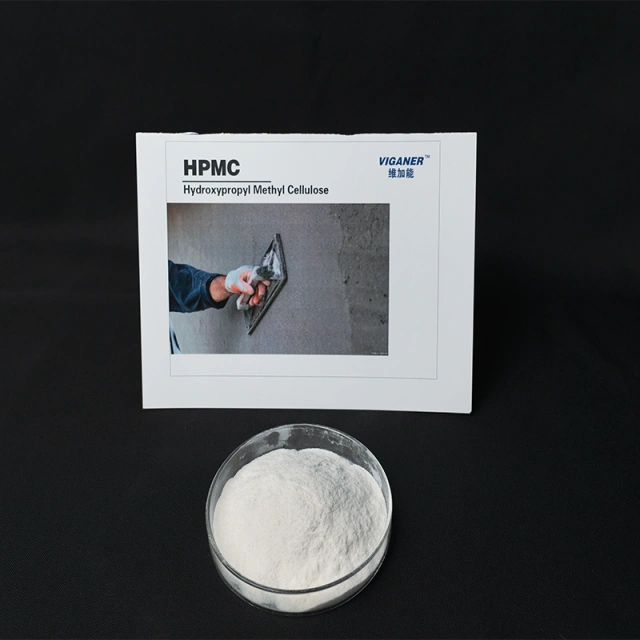Key Components and Properties of High-Quality HEMC
Table of contents:
Understanding the Chemical Structure of HEMC
Analyzing the Impact of Substitution Degrees on Performance
Evaluating Thermal Stability and Compatibility
Assessing Purity Levels and Quality Control Measures
Understanding the Chemical Structure of HEMC
HEMC is a non-ionic, water-soluble polymer derived from cellulose, one of the earth’s most abundant natural polymers. Its chemical structure features a combination of methyl and hydroxyethyl groups, which significantly improve its solubility, reliability, and compatibility. The presence of these substituents allows HEMC to form stable and consistent solutions, even under varying environmental conditions. This chemical structure is pivotal to its role in enhancing the workability, water retention, and adhesion properties of materials like cement and plaster. The ability of HEMC to stabilize the mix and prevent material separation directly influences the performance and uniformity of modern construction applications.
Analyzing the Impact of Substitution Degrees on Performance
The substitution degree of HEMC, particularly in terms of methyl and hydroxyethyl content, plays a critical role in defining its performance. A higher substitution degree ensures better solubility in different solvents and enhances specific properties such as water retention and film formation. For example, heavily substituted HEMC variants ensure extended hydration and improved curing times in mortars and tile adhesives, enabling more flexible working conditions. Furthermore, the substitution degree also impacts viscosity, surface activity, and binding properties, making it an essential parameter to customize HEMC for specific industrial requirements. Customized HEMC formulations tailored to unique construction needs are becoming increasingly vital as the demand for high-performance materials grows.
Evaluating Thermal Stability and Compatibility
Thermal stability is another crucial property of HEMC that highlights its superiority in construction materials. High-quality HEMC maintains its performance attributes even under extreme temperatures, ensuring consistent results across seasonal and environmental variations. Its resistance to thermal degradation prolongs the lifespan of construction materials, enhancing their durability and reducing costs in large-scale applications. Compatibility is another key feature of premium HEMC. This polymer blends seamlessly with other additives and binders, providing versatility across a broad range of uses such as self-leveling compounds, lightweight mortars, and joint fillers. Its compatibility with other elements ensures products containing HEMC perform reliably and meet stringent quality standards.
Assessing Purity Levels and Quality Control Measures
Purity is a fundamental factor in determining the quality and efficacy of HEMC. High-purity HEMC minimizes impurities that could lead to undesirable side effects, such as inconsistencies in product performance or reduced material strength. Rigorous quality control measures are essential to ensure that each batch of HEMC meets compliance standards. High-quality production processes such as those implemented by trusted providers like VIGANER ensure consistent purity and performance. This includes comprehensive testing for effects such as air stabilization, moisture retention, and structural integrity in various material configurations. These practices help maintain robust quality control standards, delivering reliable solutions for construction and industrial applications globally.
In conclusion, the meticulous production and testing of HEMC are essential for achieving reliable performance in diverse applications. By adhering to stringent quality control measures, manufacturers can ensure that products consistently meet industry standards, supporting the efficiency and durability of construction and industrial materials. With trusted providers prioritizing precision and innovation, HEMC continues to be a vital component in modern engineering solutions worldwide.


Comments
Post a Comment